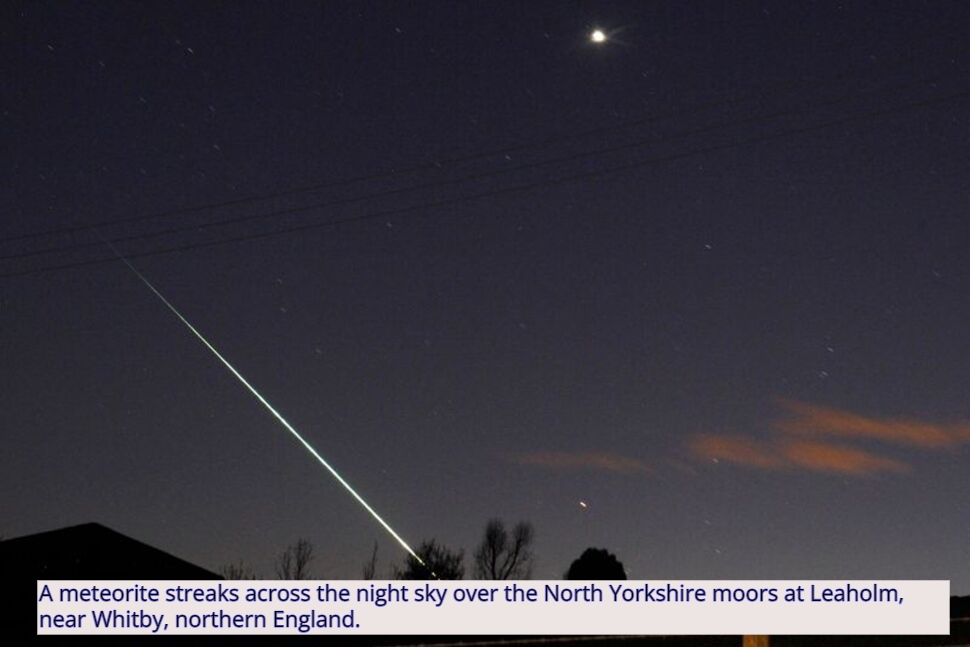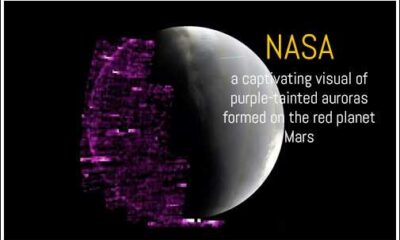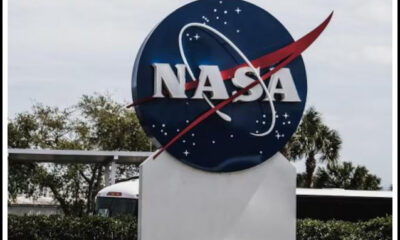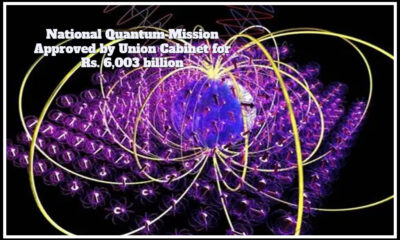Science –Technology
The unexpected flyby of an asteroid reveals a gap in planetary threat detection.
Published
1 year agoon

The discovery of an asteroid the size of a small shipping truck just days before it passed Earth reveals a gap in our ability to predict.
The discovery of an asteroid the size of a small shipping truck just days before it passed Earth on Thursday, despite the fact that it posed no threat to humans, astronomers say, highlights a gap in our ability to predict those that could cause harm.
For years, NASA has prioritised detecting asteroids much larger and more dangerous than 2023 BU, the small space rock that passed by 2,200 miles from Earth’s surface, closer than some satellites. If it was destined for Earth, it would have been pulverised in the atmosphere, with only small fragments reaching the surface.
However, 2023 BU is at the smaller end of a size range of asteroids 5-to-50 metres in diameter, which also includes asteroids the size of an Olympic swimming pool. Objects of that size are difficult to detect until they get much closer to Earth, complicating efforts to prepare for one that might hit a populated area.According to NASA, the probability of an Earth impact by a space rock, known as a meteor when it enters the atmosphere, of that size range is fairly low, scaling according to the size of the asteroid: a 5-meter rock is estimated to target Earth once every year, and a 50-meter rock once every thousand years.
Read Also: NASA’s Perseverance Rover Has Completed a’sample Depot’ On Mars: Here’s How They’ll Get To Earth
However, with current capabilities, astronomers cannot predict when such a rock will strike Earth until days in advance.”We don’t know where the majority of the asteroids that can cause local to regional devastation are,” Terik Daly, a planetary scientist at the Johns Hopkins Applied Physics Laboratory, said.According to NASA’s Jet Propulsion Laboratory, the 20-meter meteor that exploded over Chelyabinsk, Russia, occurs once every 100 years. It shattered tens of thousands of windows and caused $33 million in damage, and no one saw it coming before it entered Earth’s atmosphere.
Some astronomers believe that relying solely on statistical probabilities and estimates of asteroid populations is an unnecessary risk when NASA’s ability to detect them could be improved.”How many natural hazards are there that we could actually do something about and prevent for a billion dollars? “There aren’t many,” said Daly, whose research focuses on protecting Earth from dangerous asteroids.
AVOIDING A TERRIBLE DAY
NEO Surveyor, a $1.2 billion telescope under development that will launch nearly a million miles from Earth and monitor a wide field of asteroids, will be a significant upgrade to NASA’s detection arsenal. It holds significant promise over today’s ground-based telescopes, which are hampered by daytime light and the Earth’s atmosphere.That new telescope will help NASA meet a goal set by Congress in 2005: detect 90% of all asteroids larger than 140 metres in diameter, or those large enough to destroy anything from a region to an entire continent.
“With Surveyor, we’re really focusing on finding the one asteroid that could cause a really bad day for a lot of people,” said Amy Mainzer, principal investigator for NEO Surveyor. “However, we’re also tasked with gathering data on smaller objects, down to about the size of the Chelyabinsk object.”
NASA has been years behind schedule in meeting its congressionally mandated deadline of 2020. Last year, NASA proposed a three-quarters cut in the telescope’s 2023 budget and a two-year launch delay to 2028 “to support higher-priority missions” elsewhere in NASA’s science portfolio.Last year, NASA slammed a refrigerator-sized spacecraft into an asteroid to test its ability to deflect a potentially hazardous space rock from a collision course with Earth.
The successful demonstration, known as the Double Asteroid Redirection Test (DART), validated a method of planetary defence for the first time.
“NEO Surveyor is critical, especially now that we know from DART that we can actually do something about it,” Daly said.
You may like
-


“Purple Rain, Purple Rain”: NASA Releases Images of Mars’ Aurora
-


NASA prepares the PREFIRE mission to explore the polar regions of Earth
-


Earth’s North Pole is moving more quickly
-


National Quantum Mission Approved by Union Cabinet for Rs. 6,003 billion
-


the Google Pixel Fold will go on sale in June. Leaked renderings show two colour options.
-


Delhi now has Apple’s second location after Mumbai: CEO Tim Cook

